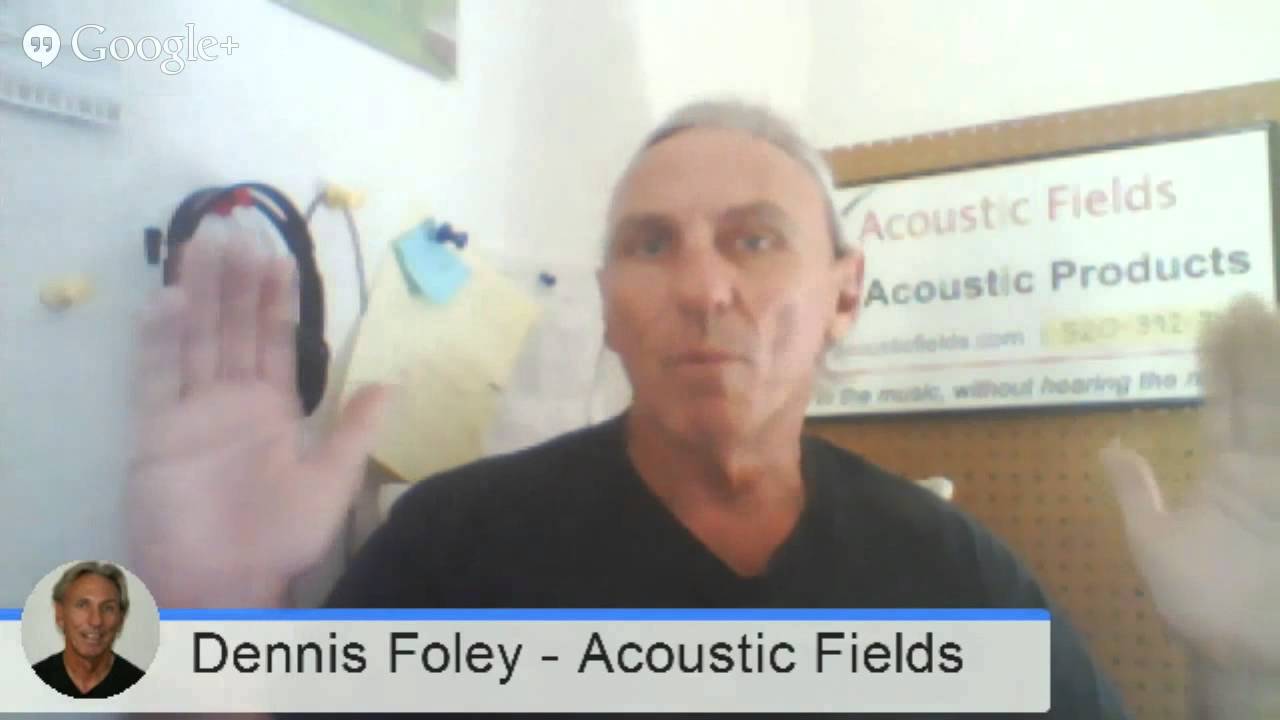Last week I was asked if there was an acoustic foam fire rating or certification people should be looking for. Well there’s a certification for fire and its ability to retard fire at a certain rate and level. That’s the only certification that I’m aware of for open-celled foam corresponding to fire codes. Is there an acoustical certification? None that I’m aware of.
Do people say, “okay certification 42-6 is what you need?”, no I’m not aware of any of that and the variables that you need to consider with open-celled acoustic foam, assuming they need the fire retardant specifications for your area of the country and this mainly pertains to commercial builds not necessarily residential, you want to look at the rate and level.
What frequencies does it start absorbing at, how fast does it do that, how fast does it get to the next frequency group? It’s the rate on the absorption curve that you have to figure out. Most foams have similar levels because it’s a two inch thick, three inch thick, four inch think product and the laws of physics govern those densities and depths so there’s not a lot that manufactures can do with the depth, there is a lot that manufactures can do with rate and level, okay.
How low will it go, how quick will it get to the next frequency. Now when I say the next frequency group, five hundred cycles is a break point for open-celled acoustic foams. You look in the marketplace you’ll find that ninety-nine point nine percent of them achieve a hundred percent absorption after five hundred cycles. So that’s just the laws of physics telling us that that’s what the laws of physics are going to give us for foam.
The key and the big secret is below five hundred hertz. What does the manufacture do below five hundred hertz? Because he can throw darts at a board and hit a hundred percent at five hundred, anybody can do that, I can do that with blankets. So what does the manufacture do below five hundred, that’s the key.
Why is that important?
Where does voice lie? Male voice starts around a hundred cycles and goes to about eight hundred. Female starts about two hundred cycles and goes to about a thousand to twelve hundred cycles. So that one hundred to five hundred cycle range is right in the middle of voice, both male and female.
So why do some rooms sound different with voice and instruments than others? Because of the rate and level of absorption used. So every different rate, every different level has a different sound so you need to find the rate and level of absorption in your foams that work well for your goals.
What are your goals? What’s the room used for? Home theater rate and levels probably different than control room. Control room rate and levels are different than listening rooms. Every rooms usage has different requirements, no one-size-fits-all here. Don’t worry about certification if it’s being marketed in the marketplace I’m certain that it has the necessary fire ratings and requirements that the authorities have.
That said, now your task becomes, “okay what is my room used for? What are my distances? What pressure levels do I listen to music or voice at? How much volume do I have in the room and what am I trying to do acoustically in the room? What’s my goal? When I sit down in that chair what do I want to hear in my music?” And then work back from that point and we’ll find the tools to help you get your goals.
In Summary
I hope this explanation helped. Please leave any comments below so I can get back to you. And if you want to learn more about this subject please sign up for our free room acoustic treatment videos and ebook which provide step by step instructions. Get instant access by signing up now. And if you would like your room acoustic issues analysed for free by me then please fill in the form here and I will be happy to take a look for you.
Thanks
Dennis








We use broadband absorption in the two most critical frequency regions in small rooms. Our Diaphragmatic absorbers, ACDA series, have…
Interesting web site and provocative introduction. Please check your copy for typos, otherwise nicely presented. I would like to see…
There is no such thing as soundproof anything especially carpet. Low frequency noise transmission requires a permanent construction fix with…
Hello Dennis! Our neighbors put a Ice Bath in their garage which is right below our bedroom and the Low…